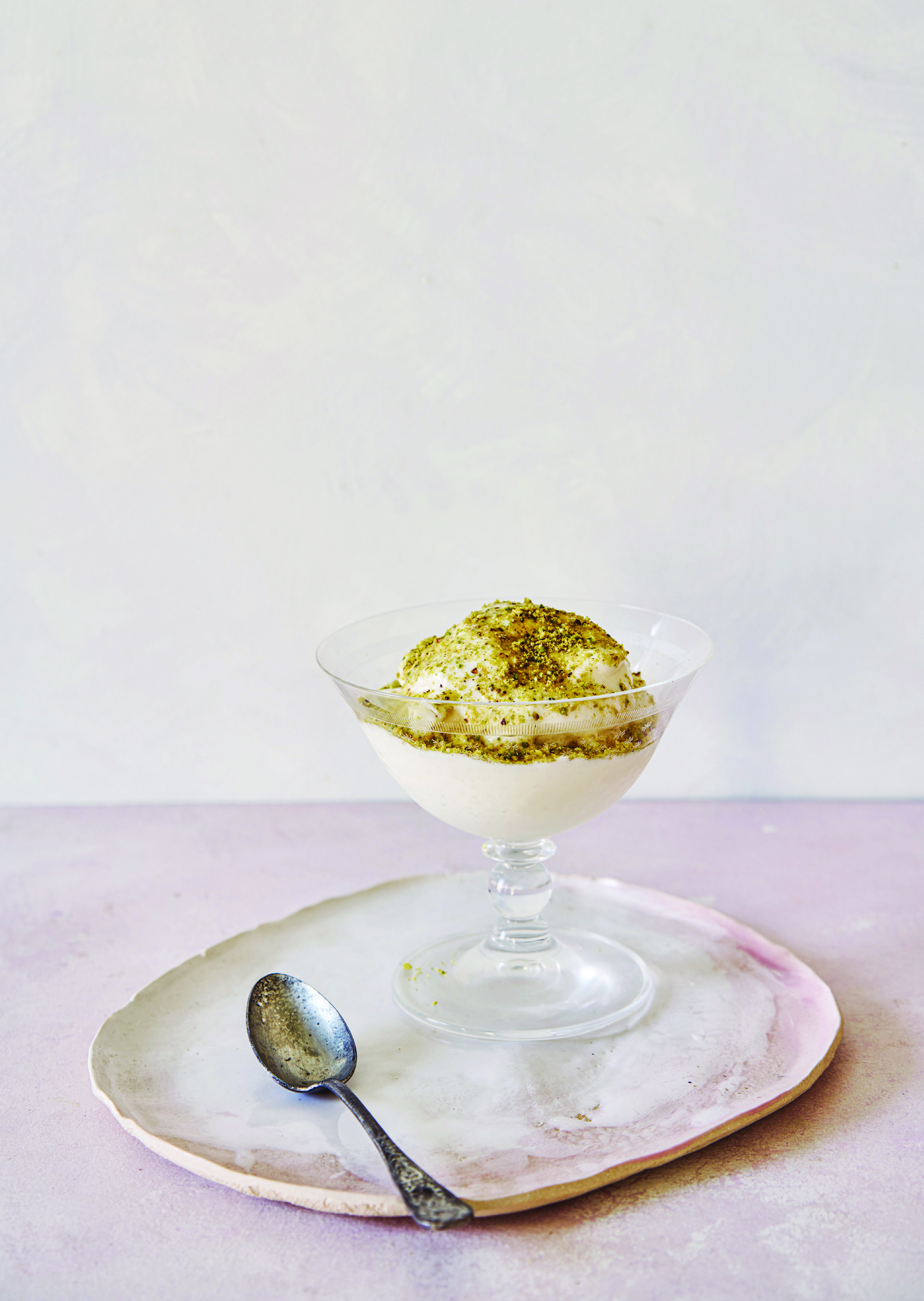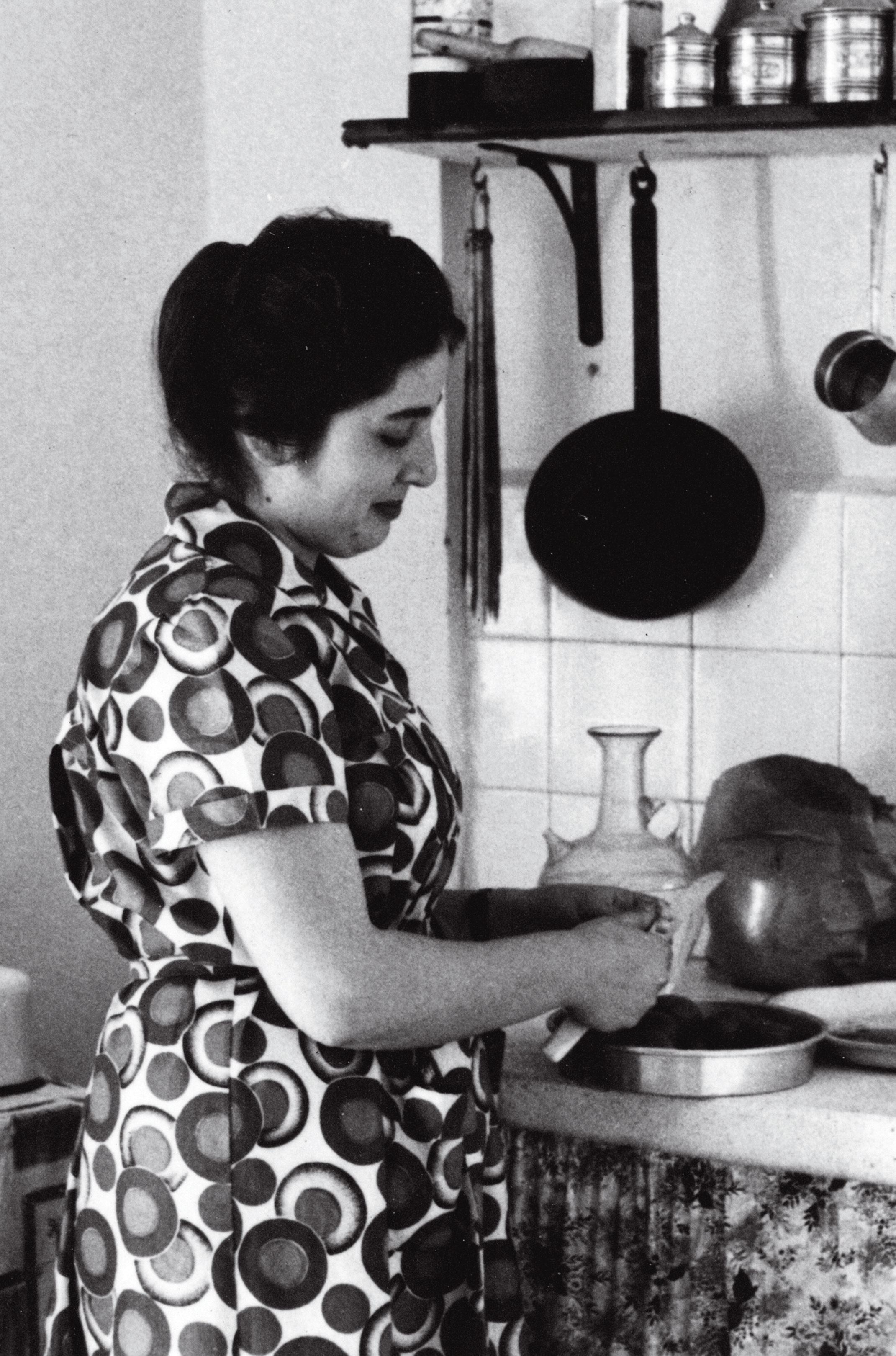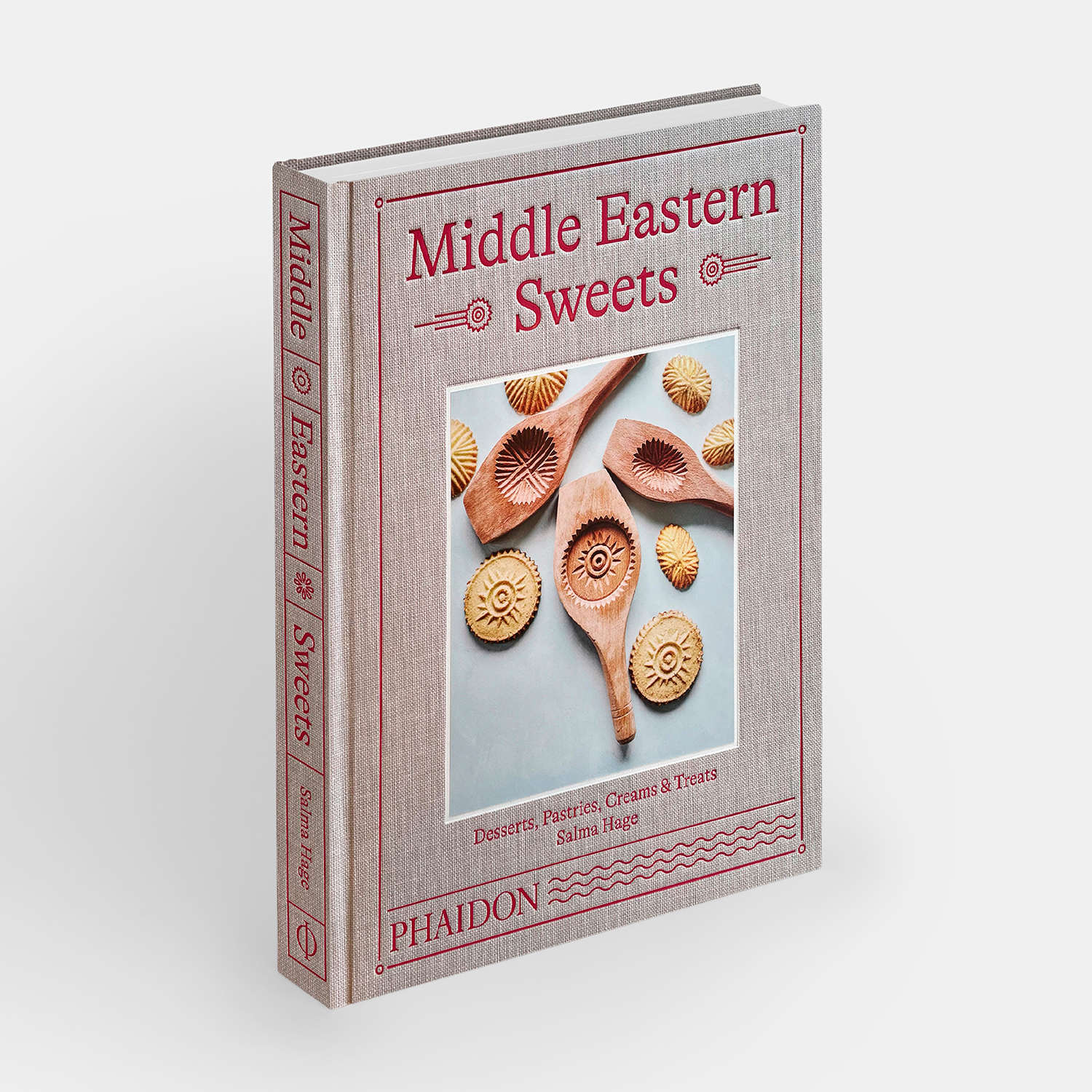
Find a new way to impress guests, with Middle Eastern Sweets
Add fresh flavours and textures to show-stopping desserts via our new book
Are you preparing to welcome guests back into your home? A return to home entertaining might call for a fresh culinary repertoire. Salma Hage, the Bestselling Lebanese author, is no stranger to hosting. In her new book, Middle Eastern Sweets, she characterises hospitality in her country as being “about generosity, abundance and over-catering.” Many of the traditional, toothsome delicious pastries, desserts and other dishes in the book reflect this; yet she’s also included many Middle Eastern versions of foods found elsewhere, because, as she puts it, “ we’re also generous with our respect and delight for the sweet specialties of the cultures that have married with ours over the years.”
Alongside recipes for dishes we associate with this region, such as baklava, kunafa and Turkish delight, are less expected inclusions, like ice-cream sundaes, French canelés, and cheesecakes, each of which receives a fresh new trake in Hage’s hands, as she adds tasty unexpected ingredients, including rose water, cardamom and tahini.
If you’re looking for something new for your post-pandemic dinner party debut, then you’d do well to try this book, which is engaging and easy to follow, whether your kitchen in Port Said or Portland Oregon.
Take the unusual, impressive dessert, which Hage calls by both its English name, stretchy ice cream, and its Lebanese epithet, booza (top image). Whatever the title, it is a popular frozen treat with a consistency similar to mozzarella cheese, and is made by a process of stretching and pounding in the freezer drum, rather than the traditional European churning method.

“The process is labor intensive and requires particular manual skill.A shortcut I use at home is to add sahlab powder to the mixture,” Hage explains. “Sahlab is made with orchid root powder (salep), which tastes and smells so evocatively of the Middle East: a combination of flower waters and sweet spices. The salep also helps to thicken and stretch the ice cream, creating the unique stretchy quality of Middle Eastern booza.”
To make it you’ll need four tablespoons sahlab powder; four cups (1¾ pints/1 liter) of whole milk; a cup (7 oz/200 g) of superfine (caster) sugar; as well as raw pistachios, finely crushed, to serve.
Measure the sahlab powder into a saucepan and add six tablespoons of water. Whisk continuously over a medium heat until the mixture comes to the boil, then continue to cook, whisking all the time, for five minutes, until the mixture thickens and becomes stretchy and sticky.
Remove from the heat and pour in the milk. Return to the lowest heat and whisk in the sugar. Continue to whisk, not letting the mixture come to the boil, while you cook it gently for around 15–20 minutes, until slightly thicker than when the milk was added. If any lumps are visible at this stage, blend the mixture with a stick blender until smooth and the lumps are gone.
Transfer the mixture to a container with a lid and allow to cool (not in the fridge), then place in the freezer. Remove every 45 minutes and beat for 2 minutes, breaking down all the ice crystals as you go. After 3 hours, beat every 90 minutes until frozen. Remove from the freezer 15 minutes before serving.
For more dishes like this, as well as much else besides, order a copy of Middle Eastern Sweets here.
